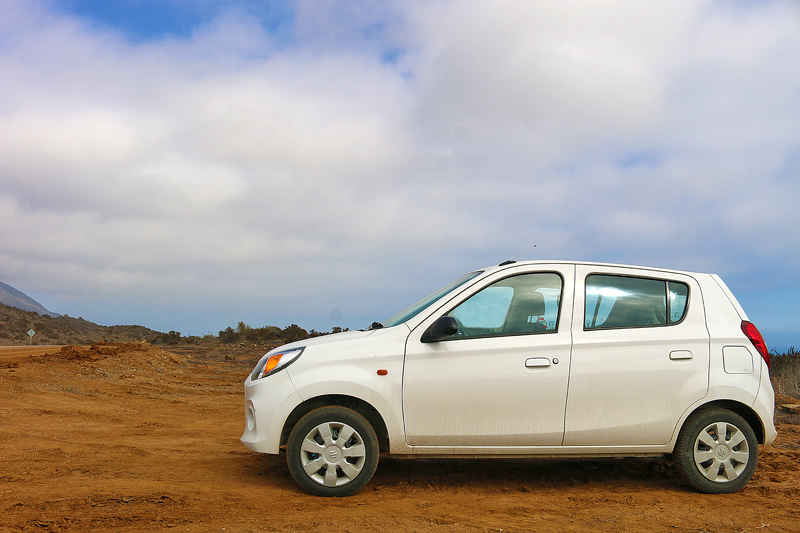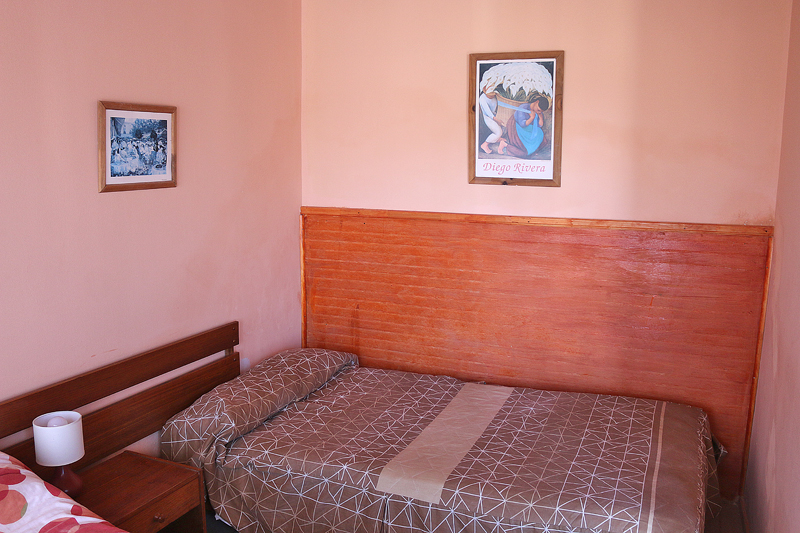There is definitely something wrong with me.
You would think that after all of the trouble I went through to catch the last major solar eclipse back on Monday, August 21, 2017 in the United States — please refer to the articles Everything You Do Not Want to Know About Trying to View a Total Solar Eclipse and then Photographs of the Total Eclipse of the Sun for additional details — that I would have had my fill of total solar eclipses.
Think again.
Chasing Another Total Solar Eclipse 2019
Although I did not fly my Lear jet up to Nova Scotia to see the total eclipse of the sun, I did have someone else fly me on a Boeing 737-800 airplane to Chile. The problem was that instead of a simple drive, I now have to plan an entire trip around it. Flights were incredibly expensive between Atlanta and Santiago; so I became creative and looked at intermediate potential stopover locations for my journey. I checked Belize, Ecuador, Colombia, Guatemala, Bolivia, Paraguay, Aruba and numerous other places to which I had never been. I even checked on Peru and started planning to go to Machu Picchu before that fell apart for a number of reasons.

I then decided on the Dominican Republic as my stopover, which wound up costing me hundreds of dollars less of what I would have had to pay had I chosen to travel directly from Atlanta to Santiago. I use the word stopover loosely because I flew as a passenger aboard the airplanes of two different airlines on separate itineraries. I intend to write an article in the future on how I specifically achieved this.

Because I did not want this trip to be completely dependent on the total eclipse of the sun — one cloud can ruin the entire experience; plus Chile was located towards the conclusion of the path of the total eclipse, which was located just southeast of Buenos Aires — I planned a trip to Easter Island in addition to my Dominican Republic stopover. I would also have a day or so to explore the Andes Mountains by the border Chile shares with Argentina just northeast of Santiago — as well as explore a bit of Santiago itself.

The final itinerary became Delta Air Lines from Atlanta to Punta Cana; Copa Airlines from Punta Cana to Santiago via Panama; LATAM Airlines round trip between Santiago and Easter Island; and American Airlines from Santiago to Atlanta via Miami, for which I redeemed 30,000 AAdvantage miles. Airfares are more expensive when traveling in late June and early July; so I was forced to be creative in the itinerary to keep costs under control. I also ensured to leave some wiggle room in case any irregular operations suddenly became in effect.
You might also be surprised how many flights either land or depart in the wee hours of the morning — but I digress.
Once I had my flight itinerary completed — this was a real challenge for me for a number of reasons despite my vast experience in planning a trip — I then started with booking reservations of lodging options and renting a car.

Surprisingly, renting a car was rather easy, as vehicles were available at reasonable prices — although I understand that at the time I picked up the car, all of the rental car companies were completely depleted of vehicles. I intend to write a review in the future of renting a car from Chilean Rent a Car.

Conversely, lodging was rather elusive the night before the eclipse was to occur. The center of the path of totality was located north of La Serena towards La Higuera; and few options were available at hundreds of dollars more expensive than normal. That is the reason why I cautiously booked a reservation at Hotel Yachting Club — my review of which includes additional details as to why it was one of the worst hotel properties in which I have ever stayed. No better option ever did present itself to me; so I stayed as a guest there.
I then had to employ what I learned from the total solar eclipse in the United States in 2017. First, the total solar eclipse in Chile was scheduled to occur on Tuesday, July 2, 2019 just after 4:30 in the afternoon. Because winter will have just started meant that the total solar eclipse will occur lower in the sky; so mountains or other potential impediments which could block the view are not an option. Because the sun sets in the west and the Pacific Ocean is west of mainland Chile, a sea view would be ideal. However, even a thin marine layer of clouds which are low in the sky over the ocean could potentially ruin the view. Using Google Maps, I found some promising spots along the dirt road known as Ruta D-190 near the ocean south of the town of Chungungo.

Next was the logistics part: instead of heading towards the center of the path of the total solar eclipse on the same day, I figured I would drive more than two-thirds of the way the day before, which is why I stayed at Hotel Yachting Club in Tongoy. I would have preferred to have driven all the way to La Serena, which at least was within the path of totality; but no lodging was available. Coquimbo also had no lodging options either. At least Tongoy was within striking distance just south of the path of totality…

…but what would the traffic situation be like? Will people in La Serena attempt to drive to the center of the path of totality in La Higuera even though the city was already within the southern edge of that path; or will people remain in place? What time would I have to leave Tongoy?
The portions of Interstate 85 in the United States and Ruta 5 in Chile on the way to each total solar eclipse had one thing in common: they are limited access divided highways which are four lanes wide, meaning two lanes in each direction. However, the center of totality in 2019 was approximately six hours of driving away from Santiago, as opposed to slightly greater than two hours of driving time from Atlanta. Because I traveled on the same day as the occurrence of the eclipse, that drive became more like five hours in duration. The last thing I wanted to do was stretch a drive of six hours into one of potentially twelve hours, which is why I decided to drive to Tongoy the day prior to the eclipse. That turned out to be a wise move, as the only traffic I encountered that day was at the traffic lights in both Coquimbo and La Serena on what was otherwise a limited access highway.

Incidentally, the owner of Hotel Yachting Club revealed to me why the room was not equipped with a climate control system: because the hotel is only open during the summer months starting in December; and he wanted to capitalize on profiting from the total solar eclipse. During the winter. With no heat.
Well, at least he was honest.
I definitely wanted to leave Hotel Yachting Club as early as possible the next day so that I can get away from there, I encountered no traffic issues on the way towards the center of the path of totality. I scoped out much of Ruta D-190 and doubled back before I finally chose a spot which I thought was as close to perfect as possible for viewing the eclipse.

I projected the path of the sun and figured that there were no mountains or hills in my way — and not a cloud was in the sky when I arrived prior to noon…
…at least, until after 2:00 in the afternoon, when the clouds started forming and building — until the entire sky was overcast.
Great. This reminded me of the thunderstorm I plowed through on the way to the total solar eclipse in 2017. Just my luck.
Summary

As opposed to simply driving to one from where I am based, I learned what planning a trip around a celestial event which was out of my control was like: tedious, expensive, and like trying to assemble a jigsaw puzzle of thousands of pieces…
…so did I succeed? Did I get to see the total solar eclipse?
I will reveal the answer to that question in an article in the near future. Please stay tuned…
…and while you wait, please refer to the following articles pertaining to the total solar eclipse which I experienced on Monday, August 21, 2017:
- Nothing I Can Do, A Total Eclipse of the Sun
- Total Solar Eclipse: Two Useful Tools to Know Where to Go
- Everything You Do Not Want to Know About Trying to View a Total Solar Eclipse
- Photographs of the Total Eclipse of the Sun
All photographs ©2019 by Brian Cohen.

